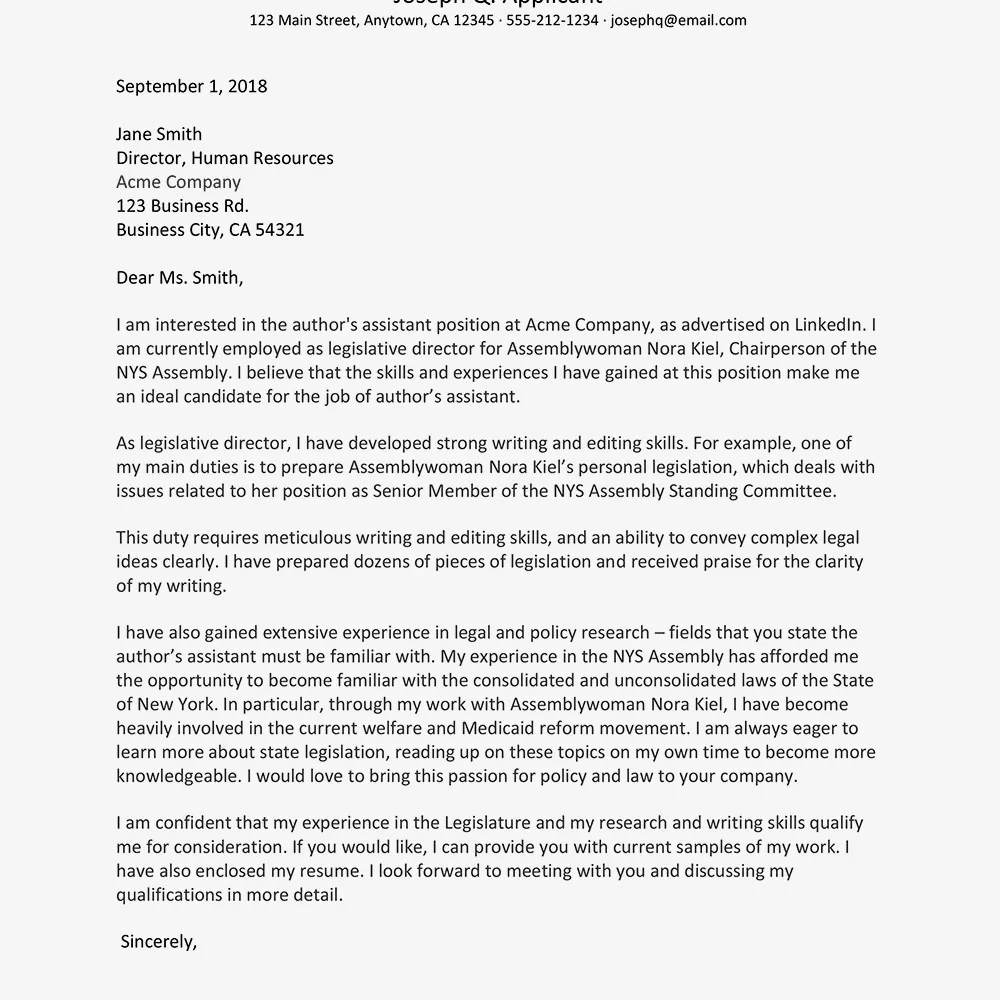What Is a Cover Letter (And Why You Need One)
A cover letter is a crucial document accompanying your resume when applying for a job. It serves as your introduction, allowing you to elaborate on your qualifications, skills, and experience in a way that a resume alone cannot. Think of it as your personal sales pitch, designed to capture the hiring manager’s attention and convince them why you’re the perfect fit for the role. Unlike a resume, which provides a snapshot of your professional history, a cover letter allows you to tell a story, connecting your past experiences with the specific requirements of the job.
The Importance of a Cover Letter
Cover letters are often the first thing a hiring manager reads. It sets the tone for your application and gives you a chance to make a strong first impression. A well-crafted cover letter can significantly increase your chances of getting an interview. It demonstrates your genuine interest in the company and the position, showcasing your personality, communication skills, and enthusiasm. It also helps you explain any gaps in your employment history or career changes and highlight how your skills and experience align with the job requirements.
Cover Letter Essentials
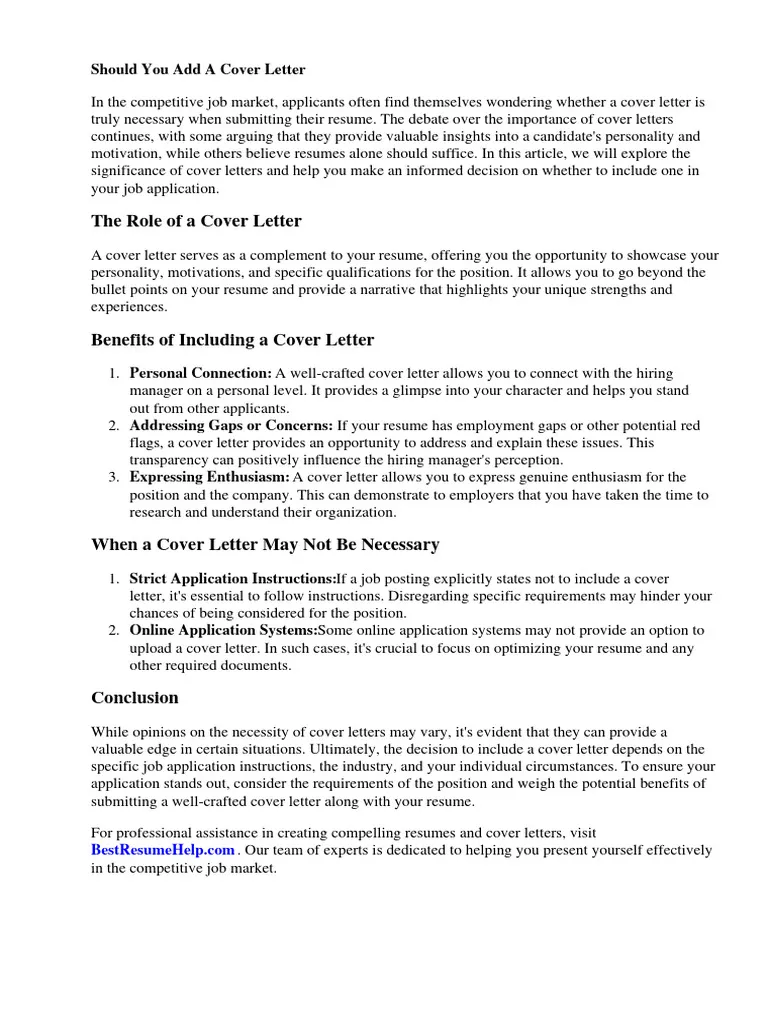
Before you start writing, ensure you have all the essential components in place. Start with your contact information, including your name, phone number, email address, and LinkedIn profile (optional). Then, address the letter to the hiring manager or the appropriate person within the company. Researching the company and the specific job requirements is also crucial. This will help you tailor your letter to the specific role and showcase your relevant skills and experiences.
How to Format Your Cover Letter
Formatting your cover letter correctly is as important as the content. A well-formatted cover letter is easy to read and makes a professional impression. Choose a clear, professional font like Arial or Times New Roman in a standard size (11 or 12 points). Use single-spacing within paragraphs and double-spacing between paragraphs. Keep the margins at 1 inch on all sides. Aim for a one-page letter, ensuring it’s concise and to the point. Use bullet points or numbered lists if needed to highlight key skills or accomplishments.
Header and Contact Information
Your header should include your contact information at the top, aligned to the left or right. This should include your full name, phone number, email address, and optionally, your LinkedIn profile URL. Then, add the date and the hiring manager’s name, title, and company address. This ensures the recruiter can easily contact you and shows you’ve taken the time to research the company.
Salutation
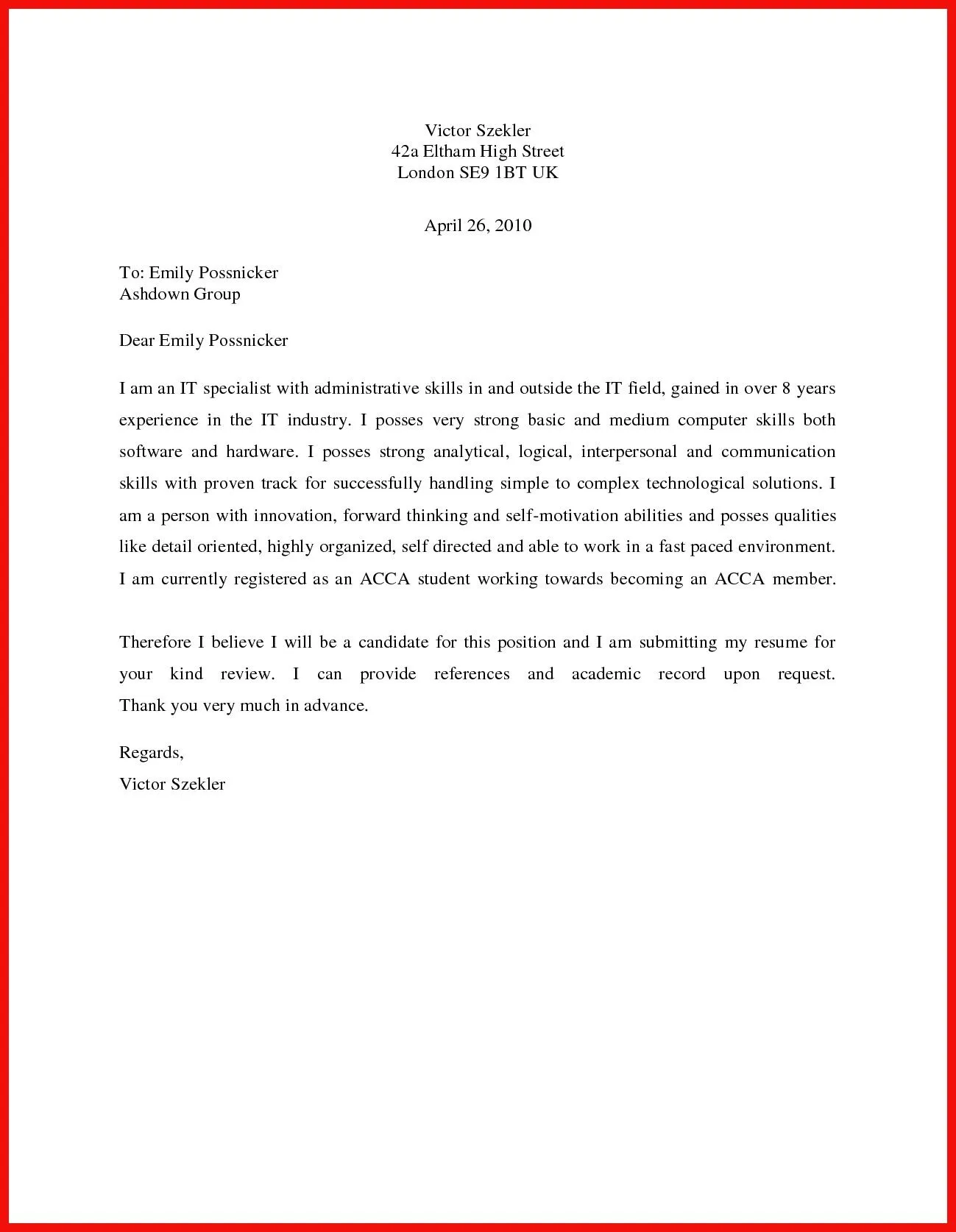
The salutation sets the tone for your letter. Whenever possible, address the hiring manager by name. If you can’t find the hiring manager’s name, use a professional greeting, such as ‘Dear Hiring Manager’ or ‘Dear [Department Name] Team’. Avoid generic greetings like ‘To Whom It May Concern’ as they show a lack of effort. Always make sure to spell the recipient’s name correctly to demonstrate attention to detail.
The Body Paragraphs
The body of your cover letter is where you showcase your skills and experiences. It is usually divided into three paragraphs, each serving a specific purpose: the opening paragraph grabs attention, the middle paragraph highlights your skills and experiences, and the closing paragraph restates your interest and calls for action.
First Paragraph (Grab Attention)
The first paragraph is your elevator pitch. Start with a strong opening that grabs the reader’s attention. Mention the specific position you’re applying for and where you found the job posting. Briefly explain why you’re interested in the company and the role. You could also mention a mutual connection or express your excitement about the opportunity. Your goal is to immediately capture the hiring manager’s interest and encourage them to keep reading.
Second Paragraph (Showcase Skills)
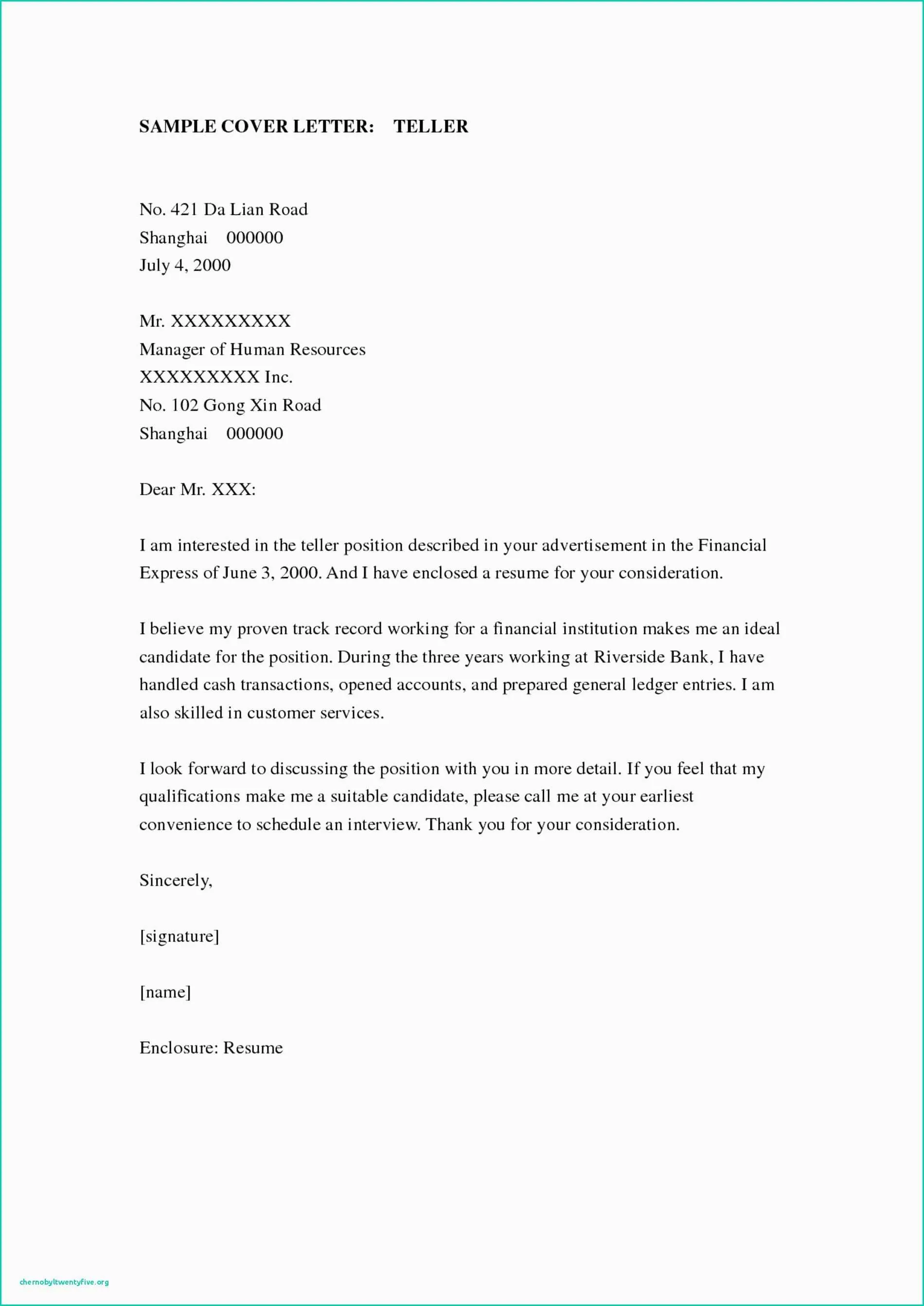
In the second paragraph, highlight your key skills and experiences that align with the job requirements. Carefully review the job description and identify the skills and qualifications the employer is seeking. Provide specific examples of how you’ve demonstrated these skills in previous roles. Use the STAR method (Situation, Task, Action, Result) to describe your accomplishments and quantify your achievements whenever possible. This shows that you are a strong candidate for the position.
Third Paragraph (Highlight Achievements)
This paragraph should reinforce your value to the company. Summarize your key qualifications and reiterate your interest in the position. Mention how your skills and experiences align with the company’s mission or values. Express enthusiasm for the opportunity to contribute to their success. End the paragraph with a call to action, indicating your availability for an interview and thanking the hiring manager for their time and consideration.
The Closing
End your cover letter professionally. Use a formal closing like ‘Sincerely’, ‘Regards’, or ‘Best regards’. Then, sign off with your typed name. If you’re submitting a physical copy, you can sign your name above your typed name. Make sure to proofread your cover letter carefully for any grammatical errors or typos before submitting it.
How to Tailor Your Cover Letter
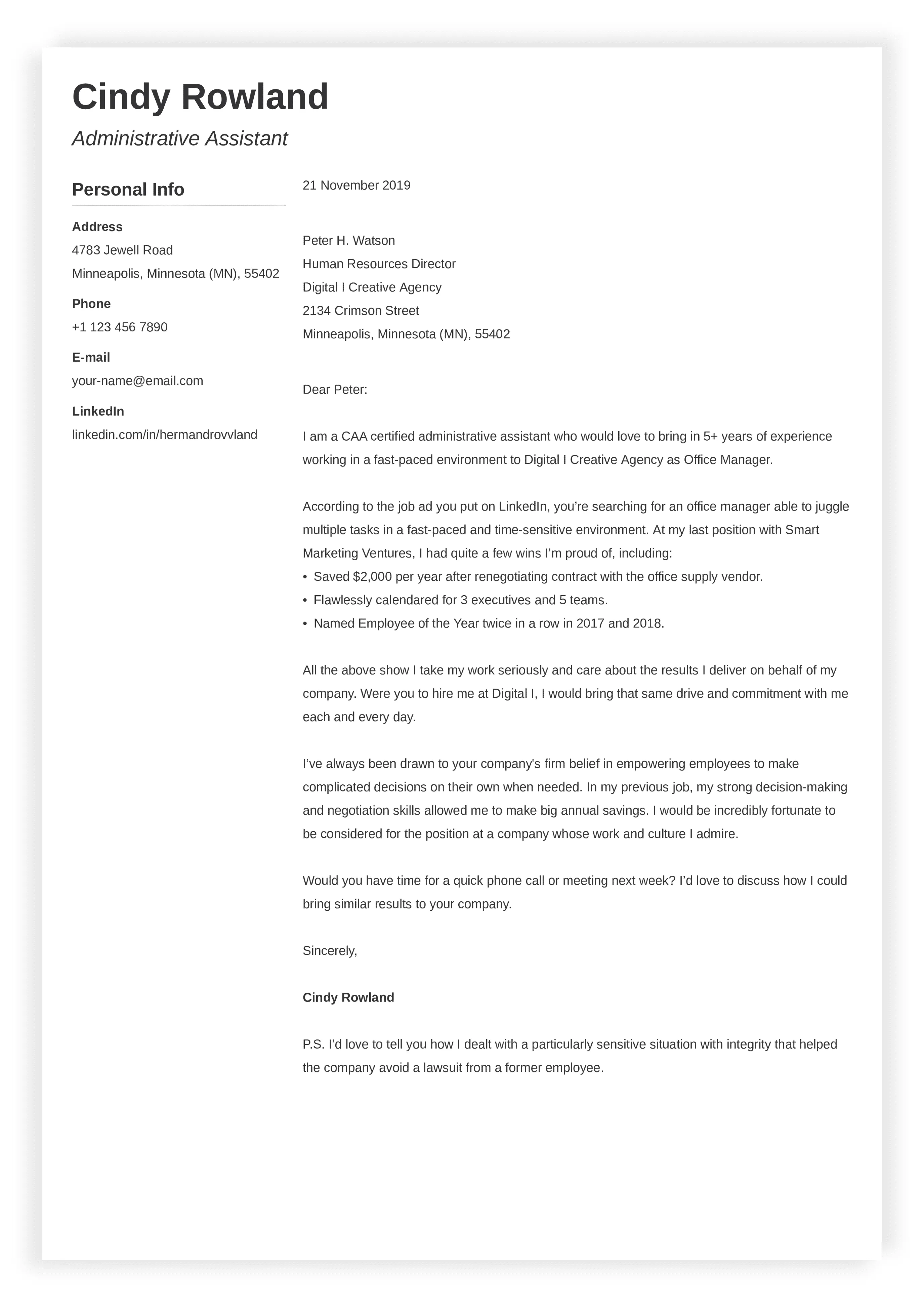
Avoid sending generic cover letters. Tailoring your cover letter to each job application is crucial for increasing your chances of success. Take the time to customize your letter to match the specific requirements of each position and company. Show the employer you understand their needs and how you can meet them. This requires thorough research and attention to detail.
Research the Company
Before you start writing, research the company. Understand their mission, values, and culture. Visit their website, read news articles, and check their social media profiles. This will give you insights into the company’s priorities and help you tailor your letter to reflect your understanding of their needs. Knowing about the company helps you show genuine interest and allows you to highlight how your skills align with their goals.
Match Skills to Job Requirements
Carefully review the job description and identify the key skills and qualifications the employer is seeking. Then, highlight your relevant skills and experiences in your cover letter. Use keywords from the job description to demonstrate that you meet their requirements. Provide specific examples of how you’ve demonstrated these skills in previous roles. This shows the hiring manager that you’re a good fit for the position.
Proofread and Edit
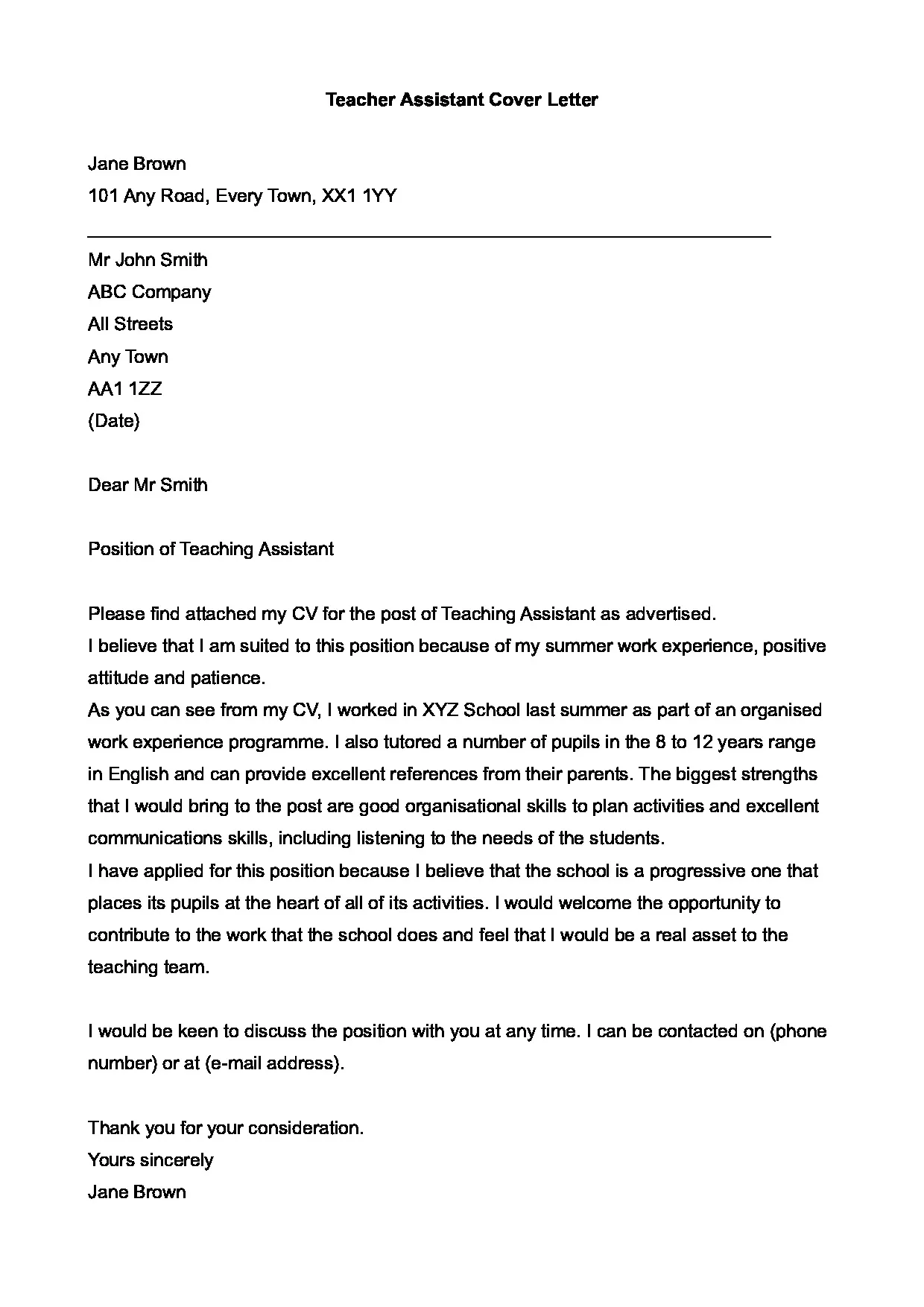
Proofreading is a critical step. Ensure your cover letter is free from errors. Typos and grammatical mistakes can damage your credibility and make a negative impression. Proofread your letter multiple times, checking for spelling, grammar, punctuation, and formatting errors. It’s also a good idea to have someone else review your letter for clarity and accuracy. A fresh pair of eyes can catch mistakes you might have missed.
How to Attach Your Cover Letter
Properly attaching your cover letter to your resume is essential for a seamless application. You want to make it easy for the hiring manager to access and review both documents. Follow these guidelines to ensure your application is professional and complete.
File Format
Save your cover letter as a PDF file. PDFs preserve the formatting of your document, ensuring it appears the same on any device. Use a descriptive file name that includes your name and the job title, such as ‘JaneDoe_CoverLetter_MarketingManager.pdf’. This makes it easy for the hiring manager to identify your application.
Placement within Application
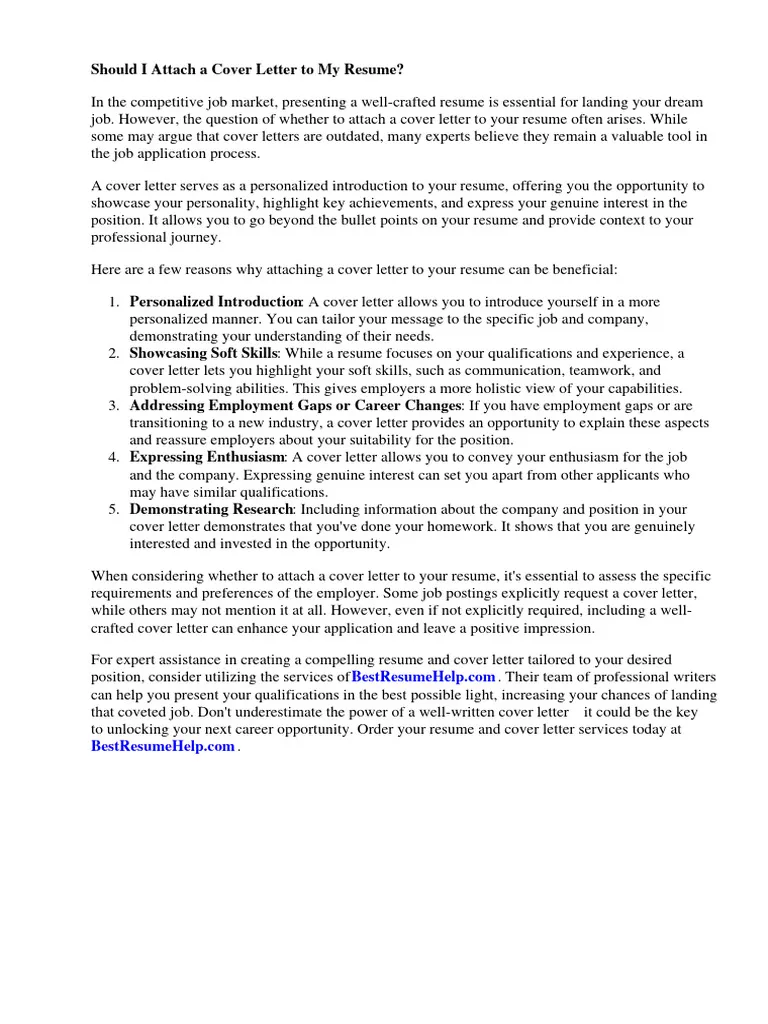
When submitting your application online, always attach your cover letter along with your resume. Some applicant tracking systems (ATS) allow you to upload both documents separately. Others may require you to upload them as a single file. If you’re sending your application via email, attach your cover letter and resume as separate files. In your email, briefly mention that you’ve attached both documents for their review.
Cover Letter Examples & Templates
Reviewing cover letter examples and templates can give you valuable guidance and inspiration. There are many online resources that provide examples of well-written cover letters for various industries and job roles. Use these examples as a starting point and customize them to fit your specific needs. Remember to adapt the examples to match your skills, experiences, and the requirements of the job you’re applying for. Don’t copy the templates verbatim; personalize them to make them your own.
By following these guidelines, you’ll learn how to add a cover letter and make a strong impression on potential employers. Good luck with your job search!
